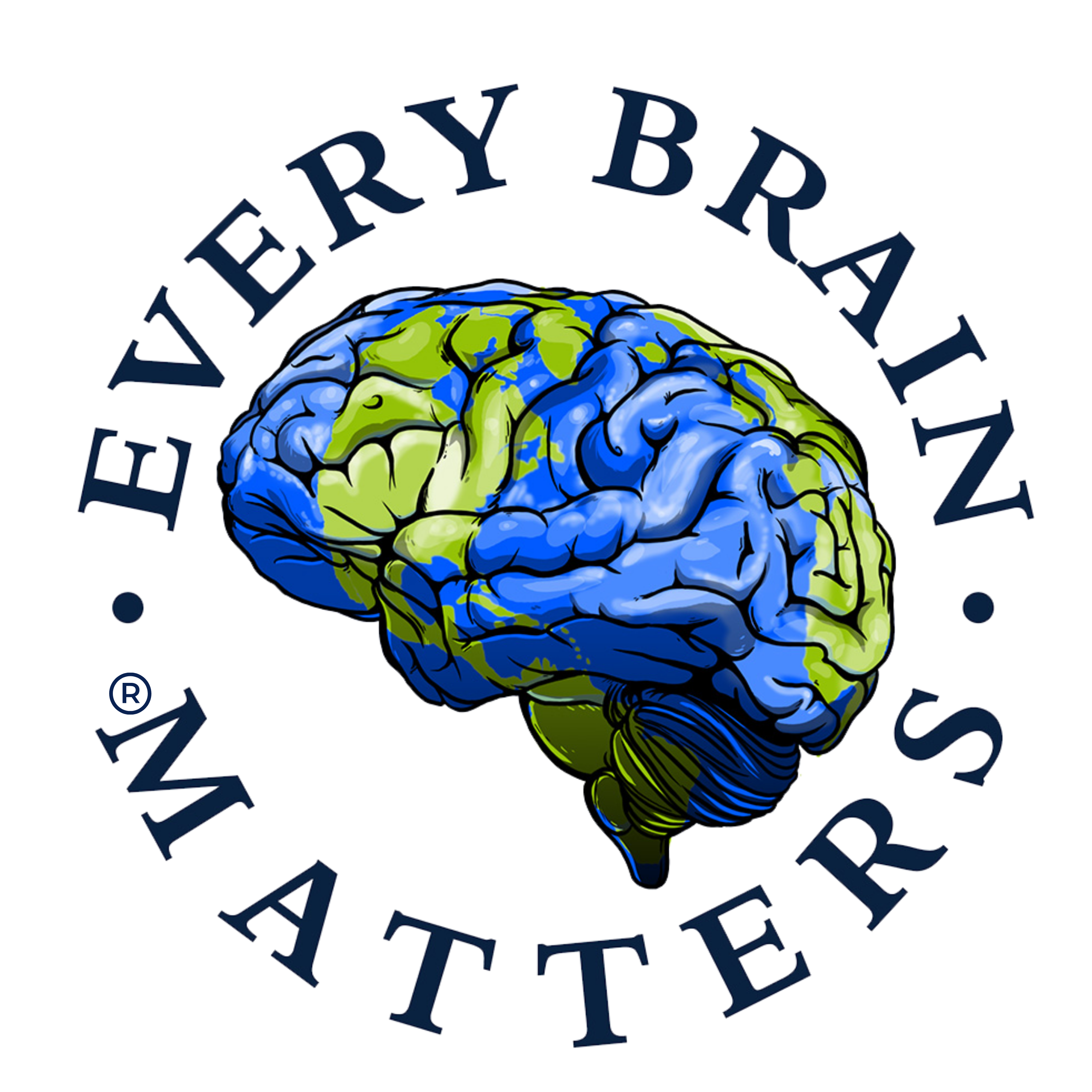- Cannabidiol (CBD) products for pain: ineffective, expensive, and with potential harms, 2023, October 18
- The acute effects of cannabis with and without cannabidiol in adults and adolescents: A randomised, double-blind, placebo-controlled, crossover experiment, 2022, February
- FDA Concludes that Existing Regulatory Frameworks for Foods and Supplements are Not Appropriate for Cannabidiol, Will Work with Congress on a New Way Forward 2023, January 26
- Joint Effort: CBD Not Just Innocent Bystander in Weed, 2023 February 13
- Does cannabidiol make cannabis safer? A randomised, double-blind, cross-over trial of cannabis with four different CBD:THC ratios 2022, Nov 16
- Widespread Mislabeling of CBD Content Occurs for Over-the-Counter Products 2022, July 20
- Cannabidiol (CBD) 2022, July 4
- Official prescribing information on epidiolex, FDA approved CBD 2022, February
- Cannabidiol (CBD) in e-cigarette products, when heated, converts to the psychoactive THC 2021 April 26
- FDA Regulation of Cannabis and Cannabis-Derived Products, Including Cannabidiol (CBD) 2021, Jan 22
- Cannabinoid therapies in the management of sleep disorders: A systematic review of preclinical and clinical studies , 2020, October
- Is the Adolescent Brain at Greater Vulnerability to the Effects of Cannabis? A Narrative Review of the Evidence 2020, August 26
- What You Should Know About Using Cannabis, Including CBD, When Pregnant or Breastfeeding 2019, October 16
- Cannabidiol inhibits THC-elicited paranoid symptoms and hippocampal-dependent memory impairment 2012, Oct. 5
FDA Concludes that Existing Regulatory Frameworks for Foods and Supplements are Not Appropriate for Cannabidiol, Will Work with Congress on a New Way Forward
U.S. Food and Drug Administration 2023, January 26
Given the growing cannabidiol (CBD) products market, the U.S. Food and Drug Administration convened a high-level internal working group to explore potential regulatory pathways for CBD products. Today we are announcing that after careful review, the FDA has concluded that a new regulatory pathway for CBD is needed that balances individuals’ desire for access to CBD products with the regulatory oversight needed to manage risks. The agency is prepared to work with Congress on this matter. Today, we are also denying three citizen petitions that had asked the agency to conduct rulemaking to allow the marketing of CBD products as dietary supplements…
Does cannabidiol make cannabis safer? A randomised, double-blind, cross-over trial of cannabis with four different CBD:THC ratios
Neuropsychopharmacology 2022 Nov 16
There was a dose-response relationship between CBD dose and plasma CBD concentration, with no effect on plasma THC concentrations. At CBD:THC ratios most common in medicinal and recreational cannabis products, we found no evidence that CBD protects against the acute adverse effects of cannabis. This should be considered in health policy and safety decisions about medicinal and recreational cannabis…
Widespread Mislabeling of CBD Content Occurs for Over-the-Counter Products
Johns Hopkins Medicine 2022, July 20
In a new study, Johns Hopkins Medicine researchers tested more than 100 topical cannabidiol (CBD) products available online and at retail stores, and found significant evidence of inaccurate and misleading labeling of CBD content. The study also revealed that some of these nonprescription products contained amounts of delta-9-tetrahydrocannabinol (THC), the main active ingredient in cannabis that can cause a “high,” including some products that claimed to be free of THC…
Cannabidiol (CBD)
National Center for Biotechnology Information 2022, July 4
CBD can cause dose-related liver damage. Discontinuation of CBD or discontinuing concomitant use has reduced elevations. There are occasional reports of somnolence and sedation have been occasionally reported with CBD use. Concomitant use of CBD with these sedative medications can result in severe respiratory depression. CBD use has shown a correlation with increased suicidal thoughts and/or behavior…
Official prescribing information on epidiolex, FDA approved CBD
2022, February
EPIDIOLEX® (cannabidiol) oral solution
Initial U.S. Approval: 2018. Full Prescribing Information…
Cannabidiol (CBD) in e-cigarette products, when heated, converts to the psychoactive THC
2021, April 26
1. CBD has been shown to convert to THC, the psychoactive component of marijuana with the use of electronic cigarettes.
2. Delta-8 THC is also one of the main components with the use of CBD in electronic cigarettes, which is psychoactive like delta-9 THC and is completely unregulated by the FDA and is easily accessible to youth without any safeguards in place.
3. CBD, is a main component found in hemp, was allowed by the US government to no longer be scheduled controlled substance – yet CBD converts easily to a controlled psychoactive substance (THC).
FDA Regulation of Cannabis and Cannabis-Derived Products, Including Cannabidiol (CBD) 2021, January 22
FDA is aware that some companies are marketing products containing cannabis and cannabis-derived compounds in ways that violate the Federal Food, Drug and Cosmetic Act (FD&C Act) and that may put the health and safety of consumers at risk. The agency is committed to protecting the public health while also taking steps to improve the efficiency of regulatory pathways for the lawful marketing of appropriate cannabis and cannabis-derived products. FDA has a number of resources available that address cannabis and cannabis-derived products, such as CBD, and the agency wants to ensure that consumers and other stakeholders have access to these resources in a centralized location…
What You Should Know About Using Cannabis, Including CBD, When Pregnant or Breastfeeding 2019, October 16
FDA strongly advises that during pregnancy and while breastfeeding, you avoid using CBD, THC, or marijuana in any form. High doses of CBD in pregnant test animals have caused problems with the reproductive system of developing male fetuses2 . In addition, based on what we already know about CBD, we expect that some amount of CBD will be transferred to babies through breast milk. Moreover, CBD has known risks for people in general. Based on clinical studies in humans, risks can include the following: liver toxicity (damage) extreme sleepiness, harmful interactions with other drugs…
